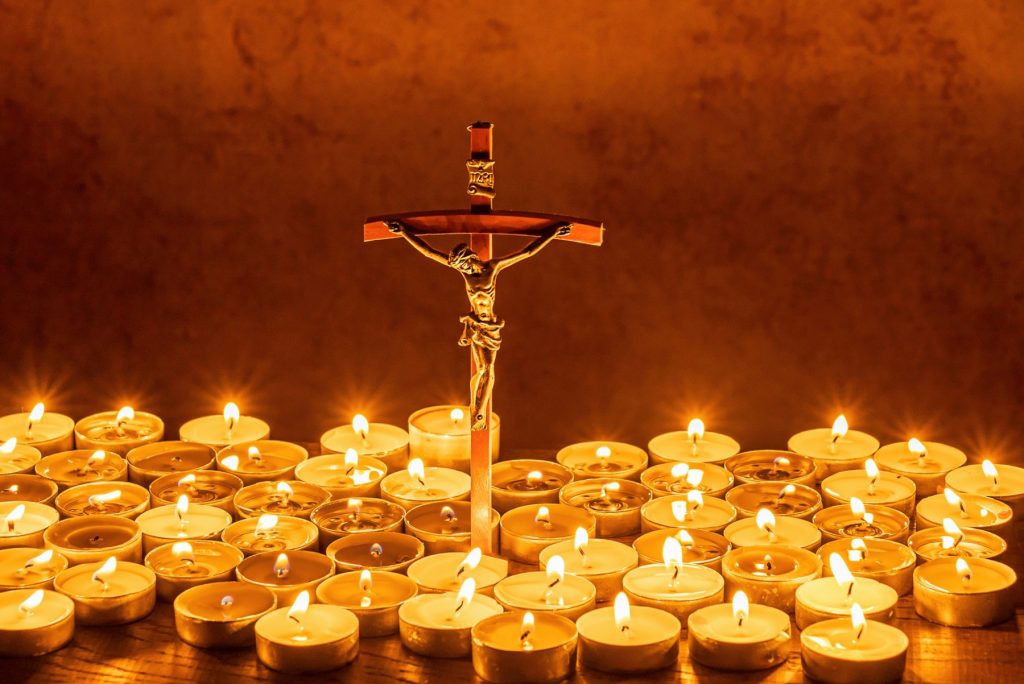Deacon Doug’s Homily: 19th Sunday in Ordinary Time, Cycle B
From an article in the NY Times on December 5th, 1912: Early yesterday, there was a fire in a church & a remarkable rescue. At 6:06 am a fire broke out in the basement of St. Philip Neri Catholic Church in the Bronx, NY. A passerby, seeing the flames, raised the alarm by ringing the meal bell outside the adjoining clerical refectory.
Minutes later a crowd of neighborhood gawkers gathered on the street below, as the New York Fire Dept assembled on Grand Blvd opposite E 222nd Street.
Deputy Fire Chief Barret mobilized his crew in front of the building, and they began the work of containing the now raging inferno. At 8:21 am Chief Barret instructed his men that due to the fire now being fully involved and fully developed, no one was any longer allowed to enter the Church. The likelihood of anyone surviving inside was now zero. Thanks be to God, no one was inside.
Suddenly, two priests were seen rushing from the adjoining rectory. These men were Fr. Daniel Burke & Fr. Joseph Concedo. Struggling through the sea of firefighters, and ignoring the shouts of the chief, the men charged into their beloved church, disappearing into the smoky, burning interior. No one expected them to return.
Miraculously, moments later, the 2 priests emerged: Fr. Burke bearing something wrapped in a cloth & Fr. Cancedo at his side with a lit candle in hand.
What was it that these two men risked their lives to save? What was this thing?
The newspaper article concluded: “It was Bread.” Please tell me this wasn’t just about bread!
Jesus said, “I am the Bread that came down from Heaven.”
Since the time of the 1st Apostles, we, as Catholics have believed & taught that what is in that (gesture) tabernacle IS the Body & Blood of our Lord, Jesus Christ. Not some “representation” of Christ. Not some “symbol” of Christ. Christ, himself.
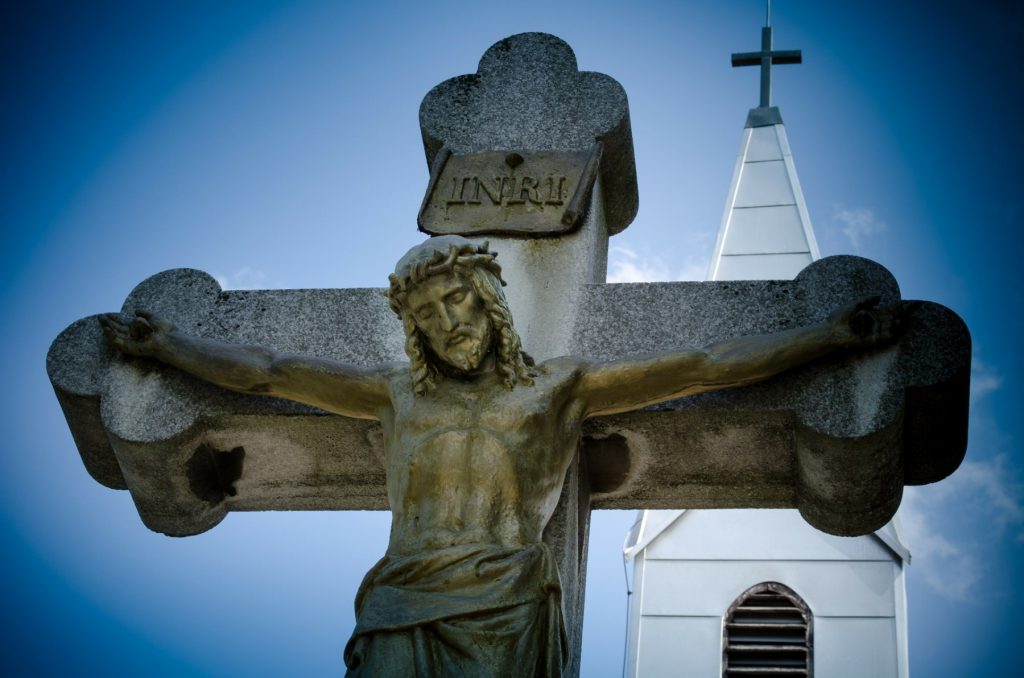
Tarcisius was a 13-year-old boy during the horrible Roman persecution of the 3rd century. Each day, from a secret place where Christians gathered for Mass, a Deacon would be sent to the prisons to carry the Eucharist to those Christians condemned to die. On one day there was no Deacon to send. Young Tarcisius volunteered and was sent carrying Holy Communion, The Body of Christ, to those in prison. On the way, he was stopped by a group of boys who were not Christians. The gang saw that Tarcisius was carrying something clutched to his chest. The other boys knew Tarcisius was a Christian and they wanted to see what he was carrying. He refused to show them, & they turned upon him with fury. He went down under the blows; but he would not release his treasure. They continued to beat St. Tarcisius until he died.
What could be so valuable that this 13-year-old boy would give up his life for it?
Jesus said, “I am the Living Bread come down from heaven; whoever eats this Bread will live forever; and the Bread that I will give is my flesh for the life of the world.”
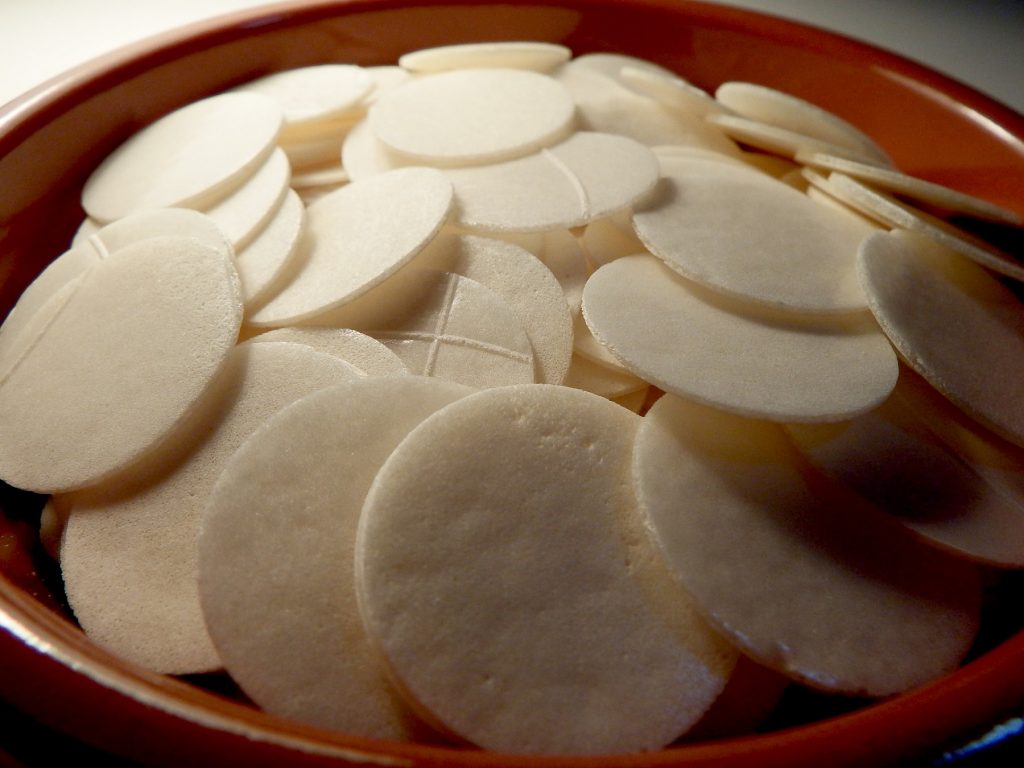
We believe that bread & wine, by the power of the Holy Spirit, and by the very words of Jesus Christ repeated by the ordained priest, become Christ’s own Body, Blood, Soul, and Divinity: Christ fully present—even though the outward “appearance” remains bread & wine—its “reality”, its “substance”, has changed into our Lord, Jesus Christ.
Shortly after noon on Monday, Feb 20, 1967, an arsonist set fire to St. Philip Neri Church, in Rochester NY. (Yes! Another church with same name as that church in the Bronx 62 years earlier!) The Pastor, Fr. George Weinmann, rushed into the building to rescue the Blessed Sacrament.
Assistant Pastor, Father Leo Mans tried to enter the church moments after Father Weinmann but was forced back by the intensity of the smoke & flames.
Sister Lilian Marie McLaughlin, a 2nd grade teacher at the parish school, did run into the church. She saw Fr. Weinmann struggling near the tabernacle and went to his assistance.
They both collapsed about 6 feet from the exit. The ciborium containing the Blessed Sacrament was later found in the Confessional near them. In the chaos of the flames & smoke, Fire Dept investigators surmised the 2 had mistaken the Confessional for the exit.
Sister Lilian Marie died at the scene; Father Weinmann died 2 days later.
The Bishop of Rochester, one Bishop Fulton J. Sheen, said this about them that day: “Martyrs belong to our own times & in most unexpected moments. Sister Lilian Marie & Father Weinmann gave their lives to save the Blessed Sacrament from fire.” Martyrs! Bishop Sheen called them martyrs!
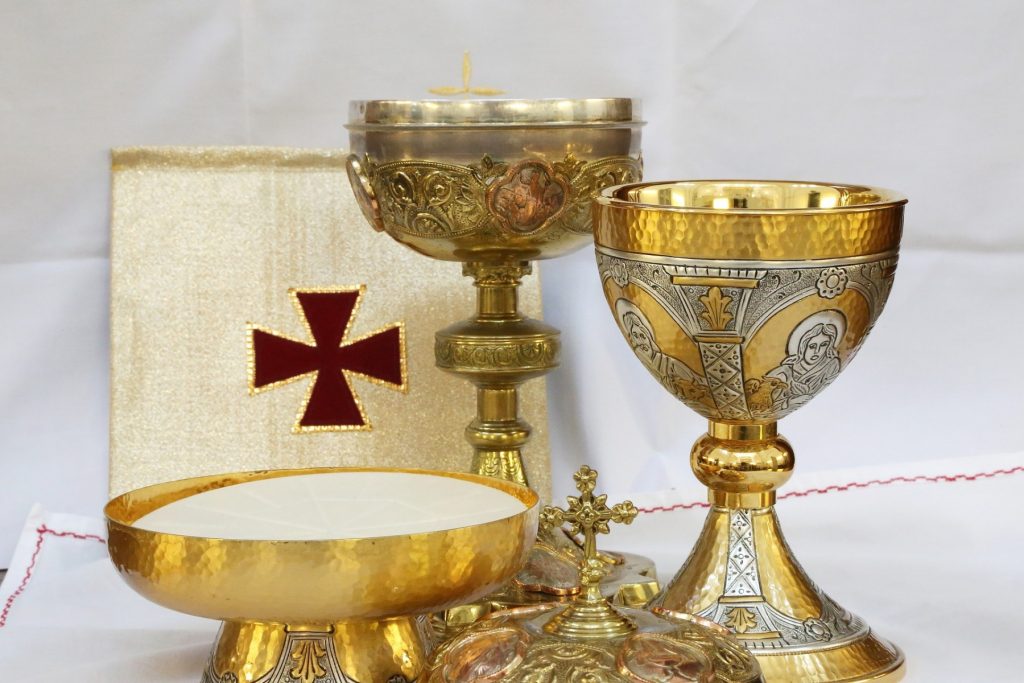
My brothers & sisters, surveys as recent as 2 years ago have shown that over 50% of Catholics do not believe that the Blessed Sacrament is actually the Body and Blood of Christ. They believe it’s a “symbol” or a “representation” of Jesus Christ. Would Sister Lilian Marie and Fr. Weinmann have knowingly given their lives for a “symbol”?
This is the 3rd Sunday we’re reading from the 6th Chapter of John’s Gospel. Jesus has been telling those around Him that if they eat His Body they will have eternal life. But the Bible says those around Him “murmur” & say “this saying is hard, who can accept it?”
And we’ll hear, in two weeks: “As a result of this, many of His disciples returned to their former way of life and no longer accompanied Him.”
Now, here is Jesus at a critical time in His teaching, and it says many of his disciples leave Him because of what He was saying. If Jesus was speaking “symbolically” about His body, if this was just a “metaphor”, don’t you think He would quickly corrected everyone’s misunderstanding at this point?
No! Instead, He gets even more clear. He “doubles down”! He says, “Amen, amen, (not softening, but emphasizing what He’s saying), Amen, Amen, I say to you, unless you eat the Body and drink the Blood of the Son of Man, you will have no life in you.”
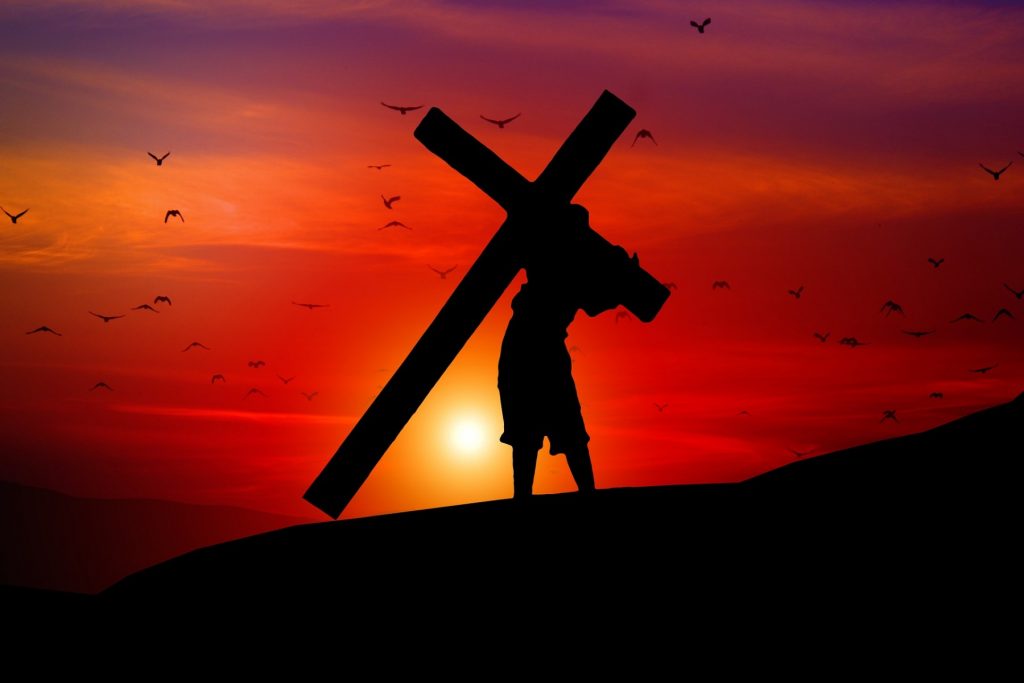
About the year 1900, in mainland China, a decree from the government went out outlawing the celebration of Catholic Mass. All Catholic Churches were shut down. Priests were either expelled or killed.
In one town soldiers entered a small church, murdered the priest, stole the tabernacle, and spilled the Blessed Sacrament all over the floor. A young 14-year-old girl was hiding in pews and witnessed what had happened.
Every night for the next 31 days that girl snuck into the church & prayed over the Body of Christ strewn over the floor, consuming the broken pieces one-by-one. On the 31st night, as she was eating the last host, a soldier caught her, and she was beaten to death.
For what did that girl risk, and finally, give her life. A symbol? A metaphor?
Almost exactly 1 year after Jesus spoke to His disciples about being “The Bread of Life”, He gathered with them for a supper in a small upper room in Jerusalem & this happened:
“On the night He was betrayed & entered willingly into His Passion, He took bread &, giving thanks, broke it, & gave it to His disciples, saying: ‘Take this, all of you, & eat of it, for this is my Body which will be given up for you.’ “
My sisters & brothers, Jesus’ very last words (at the end of Matthew’s Gospel) before He ascended into Heaven were: “And behold, I am with you always, until the end of the age”. Jesus remains with us in that tabernacle. Jesus remains with us on this altar when that bread and that wine BECOME His Body and Blood.
My friends, the most incredible, amazing thing on the planet looks like a little round piece of bread! The Eucharist affects our lives more than we can ever comprehend!
Today, when you receive Holy Communion in just a few minutes, know that you ARE receiving Jesus Christ, truly present: Jesus Christ, Body, Blood, Soul, and Divinity.

